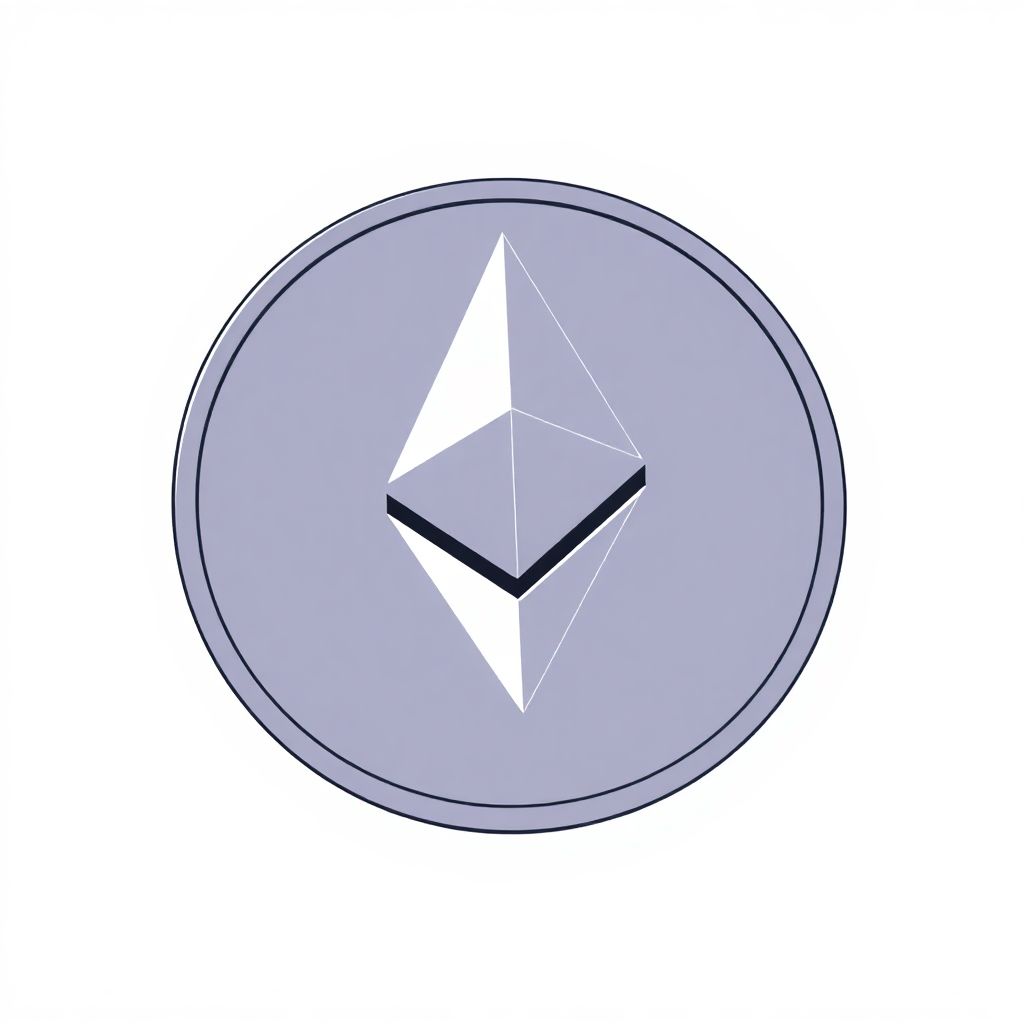Ethereum Funding Turns Negative: Is a Short Squeeze on the Horizon?
Recent market data indicates that Ethereum’s funding rate has dipped into negative territory, suggesting a shift in sentiment among derivatives traders. This change raises the possibility of a looming short squeeze — a phenomenon that has historically preceded notable price recoveries for ETH.
The funding rate, a critical metric in the crypto derivatives market, reflects the periodic payments exchanged between long and short traders. When this rate is positive, it implies that long position holders are paying a premium to their short counterparts, signaling bullish market sentiment. Conversely, a negative funding rate means shorts are paying longs, typically pointing to a bearish outlook.
According to on-chain analytics firm Santiment, Ethereum’s funding rate across major exchanges has recently dropped below zero. This indicates that traders are increasingly betting on price declines, with short positions now outweighing long ones. However, this apparent bearish sentiment doesn’t necessarily spell trouble for ETH’s price trajectory.
In fact, data from the past two months reveals an interesting pattern: when the funding rate turns significantly negative, Ethereum often experiences a price rebound shortly after. On the other hand, when the funding rate climbs to positive extremes, price corrections tend to follow. This inverse relationship suggests that market participants on the majority side—whether long or short—may be vulnerable to liquidation cascades, which can amplify volatility and trigger rapid price reversals.
At present, while ETH’s funding rate is in the red, it hasn’t yet reached the deeply negative levels that have historically triggered major short squeezes. That said, the current conditions are aligning in a way that could set the stage for such an event if negative sentiment intensifies and shorts become overleveraged.
In parallel to this derivatives market behavior, Ethereum has also seen substantial net outflows from centralized exchanges. Over the past week, approximately $643 million worth of ETH was withdrawn from trading platforms, as per data shared by institutional DeFi provider Sentora. This outflow trend signals that investors may be moving their holdings into self-custody, anticipating longer-term gains and reduced selling pressure.
Bitcoin has demonstrated a similar pattern, with over $2 billion in net exchange withdrawals during the same period. Such large-scale movements out of exchanges are typically interpreted as bullish indicators, as they suggest growing confidence in the asset’s long-term value despite short-term market fluctuations.
Currently, Ethereum is trading around $3,850, reflecting a modest 2% increase over the last 24 hours. This uptick may be the early signs of a market reaction to the negative funding rate, although further developments will be needed to confirm whether a short squeeze is indeed developing.
Understanding the Mechanics Behind Short Squeezes
A short squeeze occurs when a heavily shorted asset begins to rise in price, forcing short sellers to buy back the asset to cover their positions and avoid further losses. This buying pressure can cause the price to spike further, perpetuating a feedback loop that results in a rapid and often dramatic price surge. In the crypto space, where leverage is common and volatility is high, such squeezes can unfold swiftly and with significant impact.
With Ethereum’s funding rate now negative, the conditions for a potential short squeeze are emerging. If the price begins to move upward unexpectedly, it could catch short traders off guard, triggering a wave of liquidations and forced buybacks.
Institutional Activity Suggests Confidence in Ethereum
Despite the temporary bearish sentiment in derivatives markets, institutional interest in Ethereum remains strong. Recent reports note that institutions have added an additional $78 million worth of ETH to their treasuries, underlining their long-term bullish stance. This accumulation trend has persisted even as ETH prices dipped below the key $4,000 psychological level.
Such behavior from institutional players typically acts as a stabilizing force in volatile markets. Their sustained accumulation suggests a belief in Ethereum’s fundamental strength and future appreciation, adding weight to the argument that any current bearishness may be temporary.
Correlation with Broader Market Trends
Ethereum’s recent price behavior and funding rate shifts are not happening in isolation. Broader macroeconomic factors, regulatory developments, and Bitcoin’s performance continue to influence ETH’s market dynamics. As Bitcoin remains the bellwether for the crypto market, its movement often dictates capital flows into altcoins like Ethereum.
Interestingly, Ethereum has recently outperformed Bitcoin in several key on-chain metrics, such as transaction volume and network activity. This divergence could be a sign that ETH is beginning to decouple from Bitcoin’s shadow, potentially leading future market cycles.
What to Watch Going Forward
Traders and investors should closely monitor the funding rate and open interest on Ethereum futures contracts. A sudden spike in negative funding combined with rising open interest could signal an overcrowded short trade — a classic precursor to a short squeeze.
Additionally, continued exchange outflows, growing institutional accumulation, and resilience around the $3,850–$4,000 price range may all contribute to upward momentum. If these trends persist, Ethereum could be poised to retest resistance levels near $4,300 and potentially challenge its previous highs.
Conclusion
While Ethereum’s current negative funding rate may imply bearish sentiment in the short term, historical data suggests that such phases often precede bullish reversals. Coupled with significant exchange outflows and strong institutional support, the groundwork may be in place for a powerful move upward — potentially fueled by a short squeeze if market conditions align.
Investors should remain vigilant, keeping an eye on leverage metrics, exchange flows, and price action around key resistance levels. The interplay between derivatives market sentiment and spot market behavior will likely determine Ethereum’s next major price movement.

